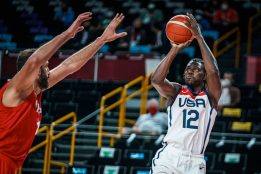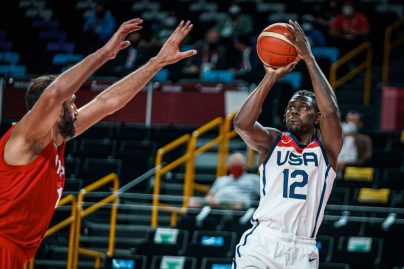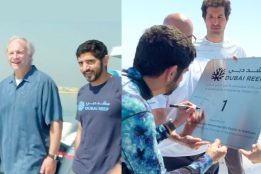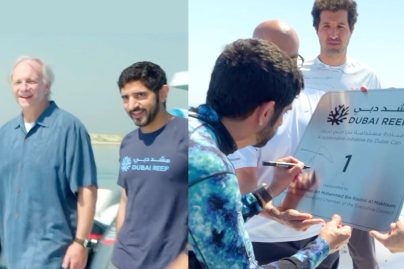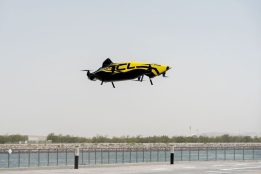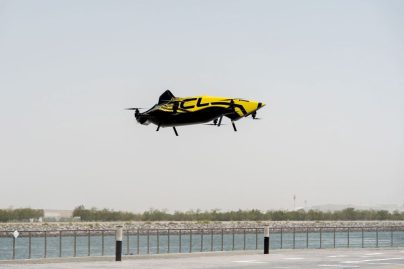A special kind of tow-cruise!
Sat 25 Sep 2021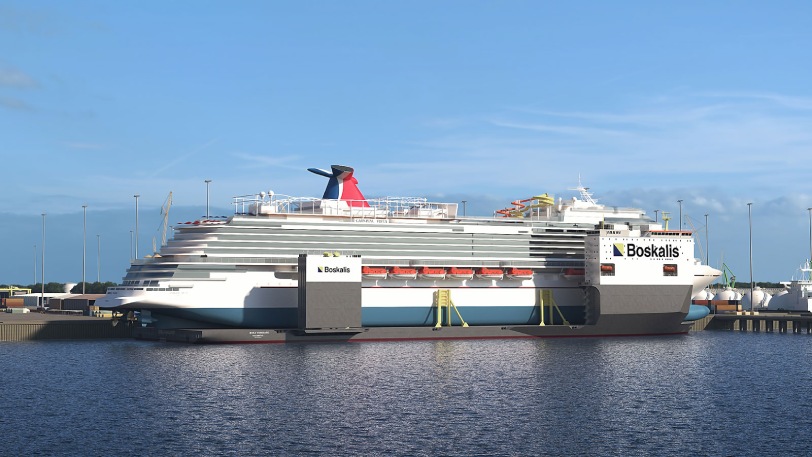
Few man-made movable structures are larger than a modern cruise ship, but even those giants sometimes need someone to lend them a hand to get to port.
So what do you do when one of them is unable to move on its own?
You call a ship-carrying ship, or, to be more precise, a “semi-submersible heavy transport vessel,” such as the Boka Vanguard.
Constructed in 2012, the 275-meter-long Boka Vanguard is the largest ship of its kind. Generally, it transports large offshore oil and gas structures, but occasionally also carried other vessels, such as happened with the Carnival Vista back before the pandemic.
The Carnival Vista that is the second largest in Carnival’s fleet, with a capacity for 4,000 passengers and 1,500 crew, needed rescuing in July 2019 after experiencing a malfunction in Caribbean waters.
Cranes can’t be counted as an option when you need to lift a 133,500-ton ship out of the water (the largest cranes in the world lift about 20,000 tons), so the Boka Vanguard decided to employ a different approach.
This oddly shaped vessel has a flat, open central deck, empty, with five large vertical wall-like structures protruding from its sides. The control bridge and the crew’s living quarters are nested in one of them, which is considerably larger and taller than the other four.
The ship’s awkward shape hides a complex system of ballast tanks that makes it possible for it to become semi-submerged, with only the top of the vertical structures remaining over water. Different types of floating cargoes, including whole ships, can then slide onto their deck to be properly fastened. It is called a “float-on” operation.
Once the cargo is secured on deck, the ballast tanks can be emptied for the Boka Vanguard to emerge again from the water, lifting its heavy cargo upwards with it. It then starts its journey just like any other ship. When it has arrived at its intended destination, the process is reversed which is called the “float-off” stage.
“We simply take advantage of Archimedes’ law to lift some massive cargoes,” says Michel Seiji, the global engineering general manager at Boskalis, the Dutch company that owns Boka Vanguard.
In addition to engaging in many other specialized marine tasks, ranging from dredging to the installation of off-shore structures and wind farms, Boskalis operates the largest fleet of semi-submersible heavy transport ships in the world.
In the case of the Carnival Vista, the need to call in the Boka Vanguard arose when the ship’s propulsion system malfunctioned and the only dry dock in the region wasn’t available at the time.
“We were called in at short notice, but we managed to dispatch the ship quickly. It took a couple of weeks for our ship to get to the Caribbean from Europe and another week to take care of all the necessary arrangements. What followed was a very smooth operation and the cruise ship was safely transported to Freeport, Bahamas. During this operation part of the cruise ship’s crew remained on board,” Seiji said.
Source: Agencies

 Apr 26 2024
Apr 26 2024
